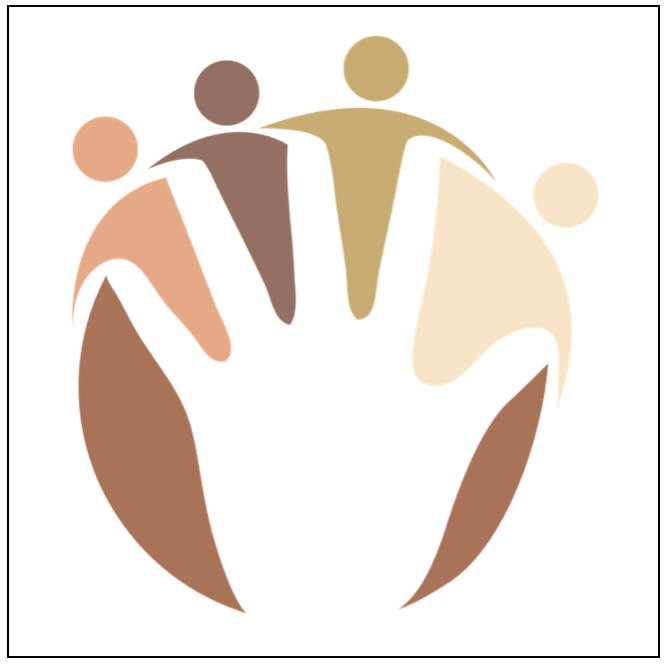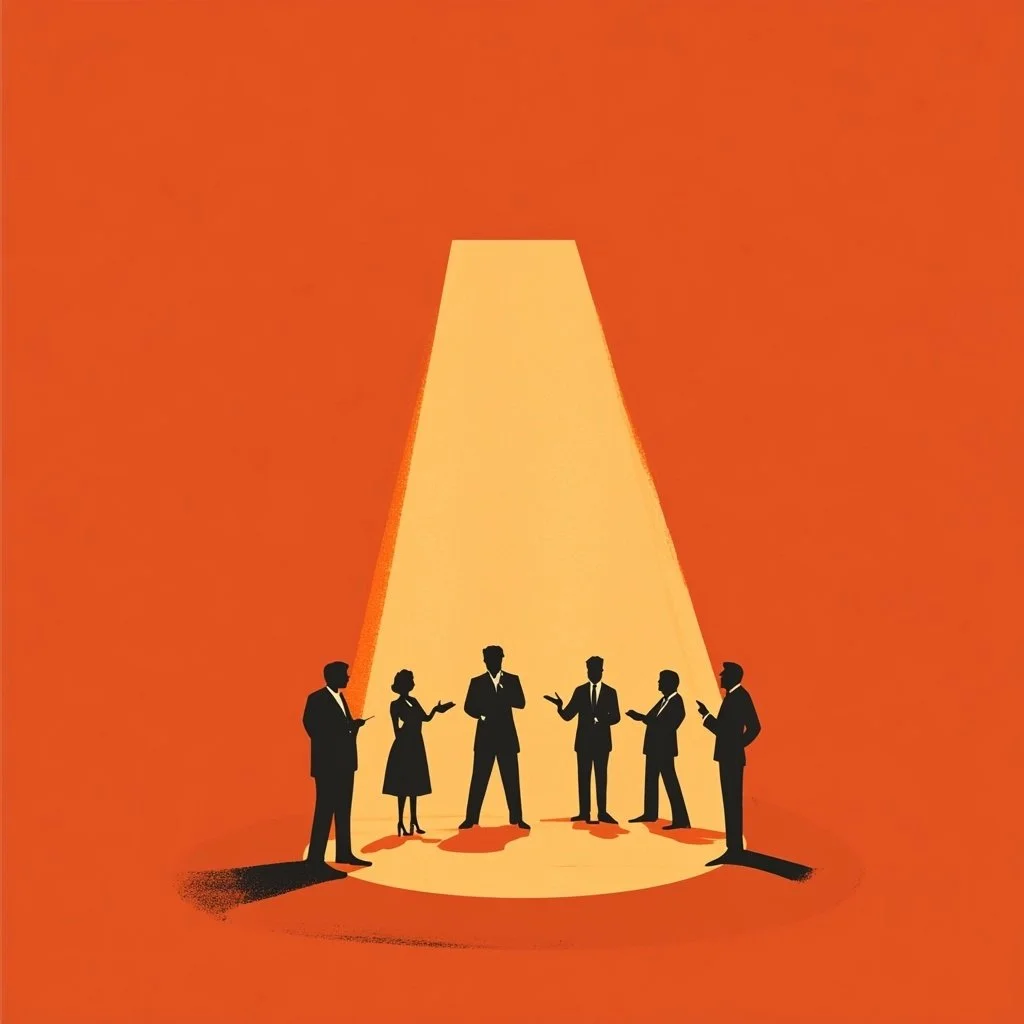What is Improv? A Beginner’s Guide to Everything Unscripted
So, What is Improv?
When people hear the word “improv,” they often think of quick-witted comedians making up jokes on the spot. You might imagine the madcap chaos of Whose Line is it Anyway?—actors playing bizarre characters or riffing on audience suggestions. But that’s just one piece of the puzzle. Improv is a rich, dynamic art form with deep roots in theater and comedy, and it’s a powerful tool for creativity and connection.
So, what exactly is improv? Well, at its core, it’s about making things up on the fly. There’s no script, no roadmap—just you, your scene partner, and a willingness to embrace whatever happens next. Let’s explore the history, the different forms, and why it’s such an amazing experience for anyone who tries it.
The History of Improv: Where It All Began
The history of improvisation stretches back centuries. In the 16th century, a theatrical form called commedia dell’arte emerged in Italy. It involved actors playing stock characters who performed unscripted dialogue based on a simple scenario. This form of performance laid the groundwork for what would later evolve into modern improvisational theater.
Fast-forward to the 20th century, and improv took a new turn, thanks to Viola Spolin. In the 1940s through the 1960s, Spolin developed theater games to train actors in improvisation, believing that everyone could learn to act. She saw improvisation as a way for actors to tap into spontaneity, creativity, and connection, regardless of whether they thought they were “naturally talented” or not. Her book, Improvisation for the Theater, became the cornerstone of improv training and introduced specific techniques for learning and teaching improv.
Spolin’s son, Paul Sills, helped popularize these ideas when he founded The Second City in Chicago, the first all-improvisational theater company in the U.S. Using his mother’s techniques, Sills trained a generation of performers who would go on to shape American comedy, including John Belushi, Bill Murray, and Tina Fey.
Around the same time, in the vaudeville world, Dudley Riggs was experimenting with audience suggestions, creating improvised sketches live on stage. Some credit him with pioneering the concept of using audience input in a way that would become a hallmark of modern improv shows.
But if we’re talking about the history of improv, we can’t skip Del Close. Close, often referred to as the godfather of modern improv, was a performer and director who pushed improvisation into new territory. In the 1960s, Close developed long form improv alongside Charna Halpern. Where short form focused on quick, game-like scenes, long form allowed for more complex, story-driven performances. Instead of jumping from one game to the next, long form improv (like Close’s signature structure, The Harold) gave performers space to develop characters and narratives over the course of several connected scenes.
Close’s work at iO Theater in Chicago helped train an extraordinary roster of future stars, including Tina Fey, Amy Poehler, Chris Farley, and Stephen Colbert. He believed that improv wasn’t just about making people laugh—it was about creating something real and human on stage. This philosophy was central to the rise of long form improv, and it’s why so many theaters today focus on this style.
The History of Improv in Portland, OR
Though improv’s roots are in Chicago and Los Angeles, the improv scene in Portland, Oregon, has grown into one of the most vibrant in the country. While it doesn’t have the same long-established history as some of the bigger cities, Portland’s DIY spirit and love of creative expression make it a perfect home for improv.
In the 1990s, Portland’s improv scene began to solidify with the creation of The Brody Theater, one of the city’s earliest improv companies. Over the years, more theaters and training centers popped up, and Portland’s improv community grew. The city’s quirky, creative vibe makes it a natural fit for improvisational comedy, and now it’s home to a thriving network of performers, students, and teachers who keep pushing the boundaries of what improv can be.
Change Through Play is part of this rich Portland history. The company focuses on using long form improv as a tool not just for entertainment, but for personal development and growth, helping participants build confidence, connect with others, and explore their creativity.
Short Form vs. Long Form Improv: What’s the Difference?
Now, let’s dive into the difference between short form and long form improv.
Short form improv is what many people are familiar with, thanks to shows like Whose Line is it Anyway?. It’s fast-paced, punchy, and game-driven. Performers use audience suggestions to create quick scenes that last only a few minutes, with a focus on getting laughs or hitting a specific challenge within the game.
Long form improv, on the other hand, is more like an unscripted play. It gives performers the chance to develop characters, relationships, and narratives over time. Instead of wrapping up a scene in two minutes, performers in long form can explore ideas across multiple, interconnected scenes. The Harold, the structure developed by Del Close, is one of the best-known formats for long form improv. It begins with an audience suggestion and blossoms into a series of scenes that are woven together into a cohesive, narrative-driven piece.
At Change Through Play, the focus is on long form improv because it allows for deeper storytelling, creativity, and collaboration. While short form improv can be fun, long form offers a richer experience that goes beyond quick jokes and builds something meaningful.
How to Do Improv: The Basics
So, you want to try improv? You don’t need to be the next John Belushi to get started. The beauty of improv is that anyone can do it. Here are the basic principles:
“Yes, And” Rule: This is the foundation of all improvisation. Accept what your scene partner says (that’s the “yes”) and build on it (that’s the “and”). If your scene partner says, “We’re on a spaceship,” you don’t say, “No, we’re actually in a Starbucks.” You say, “Yes, and we’re almost out of fuel!” The scene builds naturally from there.
Stay in the Moment: Don’t try to plan ahead. Improv works best when you focus on reacting to what’s happening right now.
Listening is Key: Great improv scenes happen when performers listen carefully to each other. It’s not about who can be the funniest—it’s about responding authentically to your scene partner.
Warm-Up Exercise:
Try Zip, Zap, Zop. It’s a quick and fun way to get your mind and reflexes engaged. One person says “zip” while pointing to another, who says “zap” and points to someone else, who says “zop.” The goal is to keep it moving as quickly as possible without losing the rhythm.
How to Get Into Improv (You Don’t Have to Perform on Stage)
If the idea of getting up on stage terrifies you, don’t worry—improv isn’t just for performers. Many people take improv classes for personal development, to improve their communication skills, or just for fun.
You can start by signing up for an improv class at a school like Change Through Play, where you’ll learn the basics in a supportive environment. If you’re feeling adventurous, you can join an improv jam—a casual session where anyone can jump into scenes with no pressure to perform.
As you gain confidence, you might even want to start your own improv group or host your own jam. Improv is happening everywhere—from live shows in cities like Portland, Los Angeles, and Chicago to online jams where you can participate from the comfort of your home.
The Benefits of Improv
Why do people do improv? For some, it’s about performing on stage, but for others, it’s a tool for growth and self-expression.
Personal Growth: Improv helps build confidence, adaptability, and creativity. It teaches you to trust yourself and embrace uncertainty.
Professional Skills: Improv is often used in business training to improve communication, collaboration, and leadership skills. It forces you to be present and responsive, both of which are crucial in the workplace.
Social Connections: Improv helps you connect with others and become a better listener. It’s a fun, social way to spend your time, and you’ll build strong friendships along the way.
Improv is different for everyone. No two people bring the same experiences to the table, which means each person’s journey into improv is unique.
The Wide World of Improv: Exploring Different Types
Improv comes in many flavors, each with its own focus and style:
Improv Comedy: Focused on humor, often seen in shows like Whose Line is it Anyway?
Musical Improv: Where performers create songs and scenes spontaneously.
Improvisational Theatre: More story-driven, with longer scenes that can develop into a full narrative.
Game Show Improv: Competitive improv, where performers play short form games to win points or complete challenges.
Sketch Comedy: Unlike improv, sketches are scripted and rehearsed ahead of time.
Stand-Up: Solo performance, typically written in advance, but improvisational elements often make their way in.
Celebrities Who Got Their Start in Improv
Many of today’s most famous comedians and actors began in improv:
John Belushi: Cut his teeth at The Second City in Chicago.
Tina Fey and Amy Poehler: Both got their start at iO Theater and The Second City.
Will Ferrell and Kristen Wiig: Performed at The Groundlings in Los Angeles.
Steve Carell and Stephen Colbert: Also part of the Chicago improv scene before making it big in television.
Improv has been the launchpad for countless careers, and it remains a stepping stone for many performers in comedy, film, and TV.
Recommended Reading for Improv Lovers
“Truth in Comedy” by Charna Halpern, Del Close, and Kim “Howard” Johnson: The go-to guide for anyone looking to understand long form improv. “Impro” by Keith Johnstone: A deep exploration into the art of improvisation and creativity.
Improv is For Everyone (Yes, Even You)
Whether you’re looking to get on stage or just want to improve your communication skills, improv has something to offer you. It’s for everyone—introverts, extroverts, performers, and non-performers alike. So why not give it a try? Contact Change Through Play to learn more about our improv programs and discover how you can start your own improv journey.
FAQs:
What are the best cities for learning and performing improv? Chicago, Los Angeles, and New York are the top hubs, but cities like Portland, San Francisco, Minneapolis, and Austin also have vibrant improv communities.
Can I do improv if I’m shy or introverted? Absolutely! Many introverts find that improv helps them build confidence and improve social skills in a fun, supportive environment.
How is improv different from stand-up comedy? Stand-up is usually a solo performance with pre-written material, while improv is typically unscripted and performed with a group. Stand-up is about delivering jokes; improv is about creating spontaneous scenes.
Can improv be useful outside of performance? Yes! Improv helps improve skills like public speaking, teamwork, problem-solving, and even creative writing. Many businesses use improv as a tool for professional development.
Is Jazz improvisation the same thing? Not quite! Jazz improvisation is all about creating spontaneous music, where musicians riff off a melody and each other. Improv comedy, on the other hand, is about riffing off of audience suggestions and, occasionally, pretending to be a talking sandwich. While both involve being in the moment and responding creatively, you’re more likely to find yourself mimicking a jazz musician in an improv comedy scene than actually playing jazz on stage. Unless you’re doing musical improv—then all bets are off!

